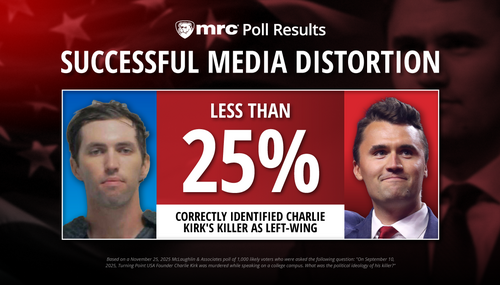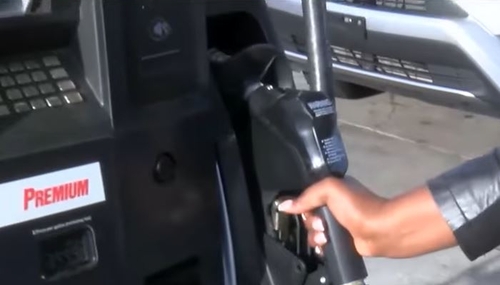Previous NewsBusters posts (this one, for example) have dealt with the racial elements of Bryant Gumbel's Tagliabue/Upshaw/leash remark, but what about its substance? Is it true, as Gumbel contends, that NFL players have been shortchanged by weak union leadership? Two prominent columnists -- one white, one black, and, incidentally, both politically liberal -- aren't buying it.
Gregg Easterbrook, in this week's Tuesday Morning Quarterback column on ESPN.com, wrote:
As to the substance of Gumbel's claim, he's way off...Baseball long-term has had the most confrontational labor relations of the major sports, so let's compare MLB player pay with NFL player pay since the onset of the NFL salary cap in 1994. Adjusting for inflation, the average pro baseball player's pay has risen 71 percent since 1994, while the average pro football player's pay has risen 132 percent. NFL player pay increases have dwarfed all other team sports, which hardly sounds like the union is on a leash...
A running question about labor unions is whether they should make a theatrical show of confronting owners, or quietly work for the best possible deal for members. Manhattan media types tend to like theatrical confrontation, because it provides good broadcasting material. Quietly obtaining the best possible deal is what is in the members' interest, and at this the NFL Players Association excels.
And, in Thursday's Washington Post, Michael Wilbon, of Pardon the Interruption fame, weighed in:
[P]ro football, regardless of who leads the union, has never had and will never have the leverage that pro basketball players and baseball players have in collective bargaining negotiations. The NBA sells stars, plain and simple, and stars are paid lavishly. MLB does so to a lesser extent, but the baseball player as an iconic figure has been an American cultural phenomenon for more than a century.
Pro football, on the other hand, sells the jersey and hardly anything else. Right now, if [Redskins receiver] Santana Moss walked down Connecticut Avenue in a pair of khakis and a polo shirt, 95 percent of Washingtonians would have no idea who he is. His face is obscured by a helmet, his body by pads. Partly it's a numbers game; basketball has 12 players on a team; football has 53.
Other than four or five players per team, pro football players are unidentifiable out of uniform. In 1987, owners realized that the players as individuals don't much matter to the football consumer and staged replacement games that brought some of the biggest stars, such as Lawrence Taylor, across the union picket lines.
Upshaw didn't cross that line. Players did -- union members. And they did it because many realized it doesn't matter to patrons who is inside the jersey. They'll go to the games regardless. People packed RFK Stadium for that last replacement game and the owners won that labor fight in a beat-down. Nobody's going to see a Wizards team of replacements. But if there were an NFL work stoppage tomorrow morning, the owners would put replacement players on the field to open the season and most stadiums would be packed. The owners know it and Upshaw knows it. So he proceeds wisely, in a way that makes sense for his constituents.




